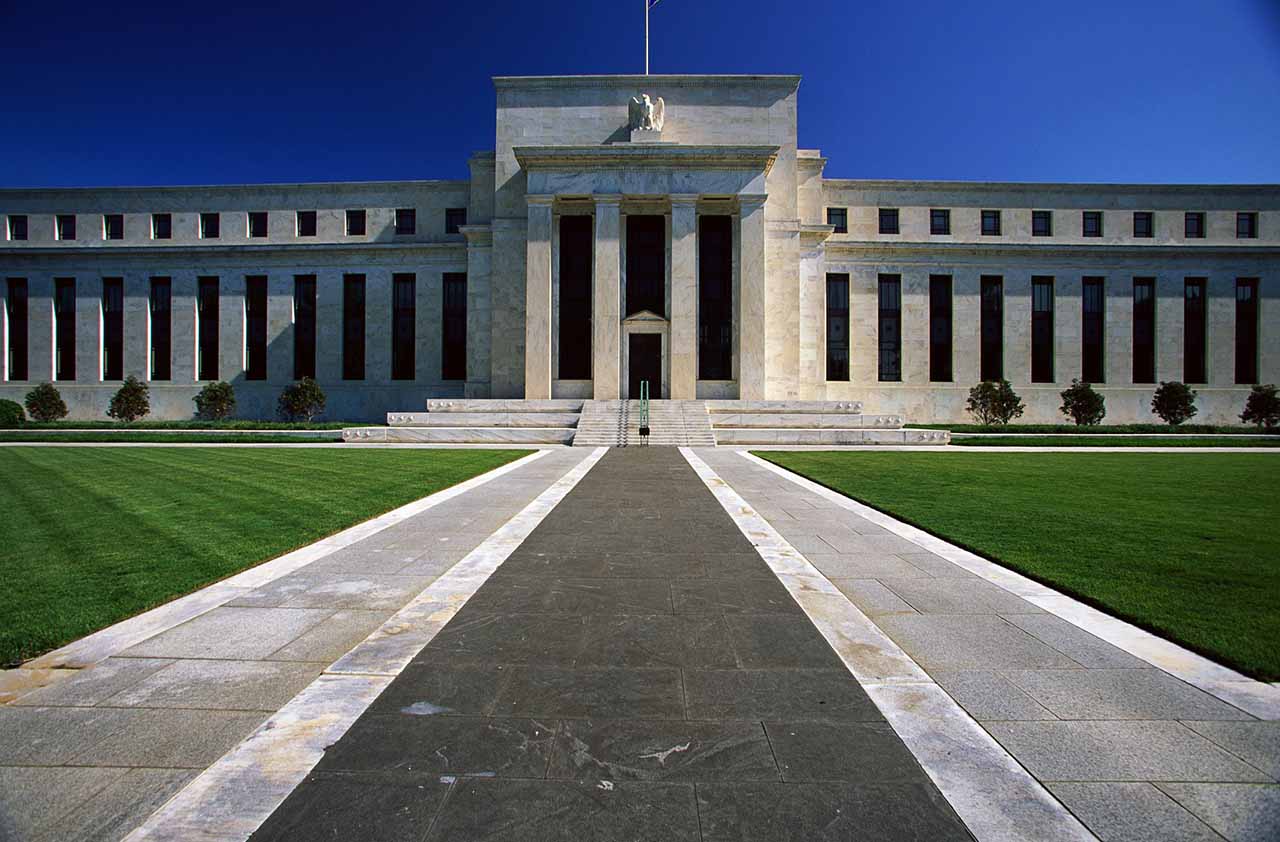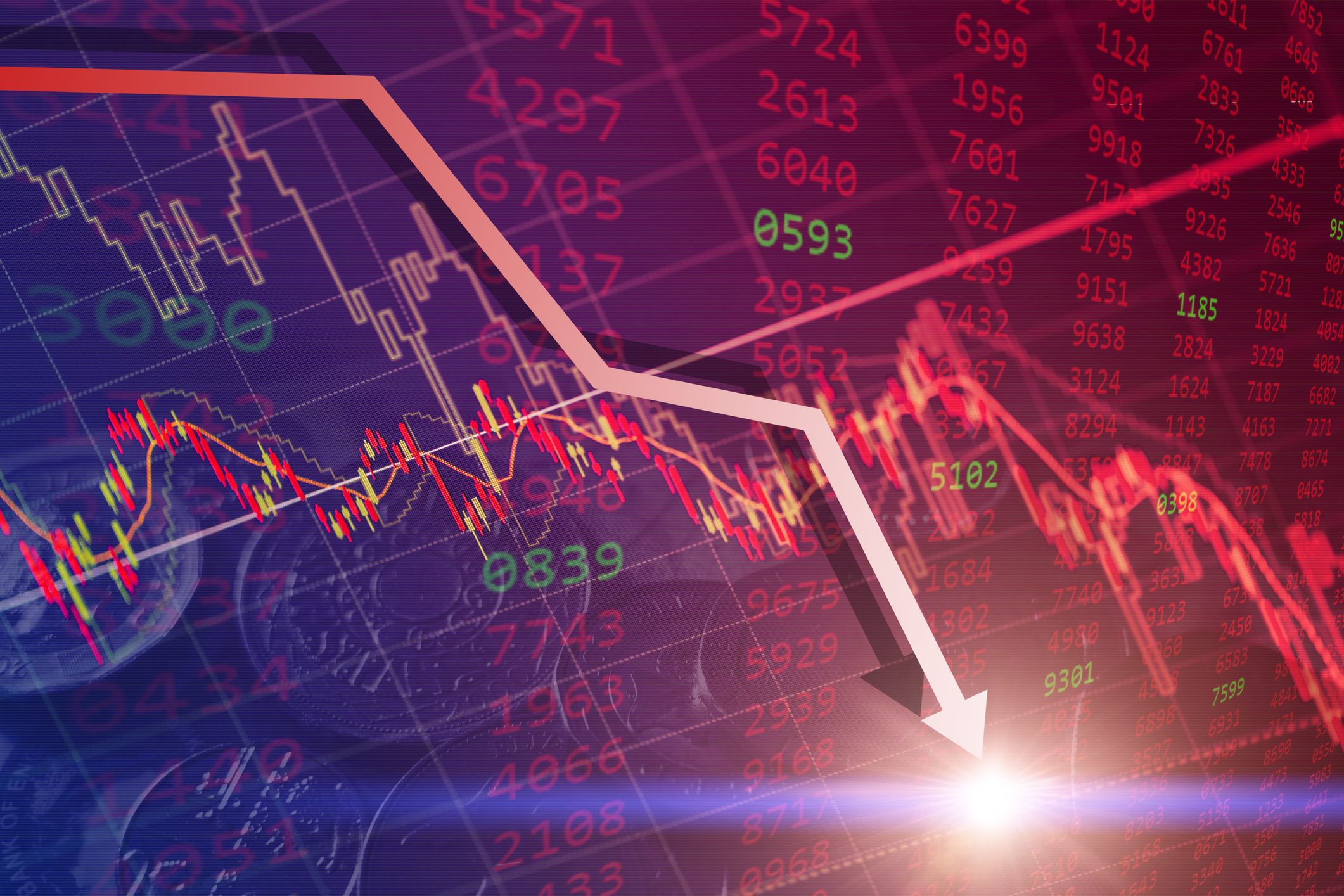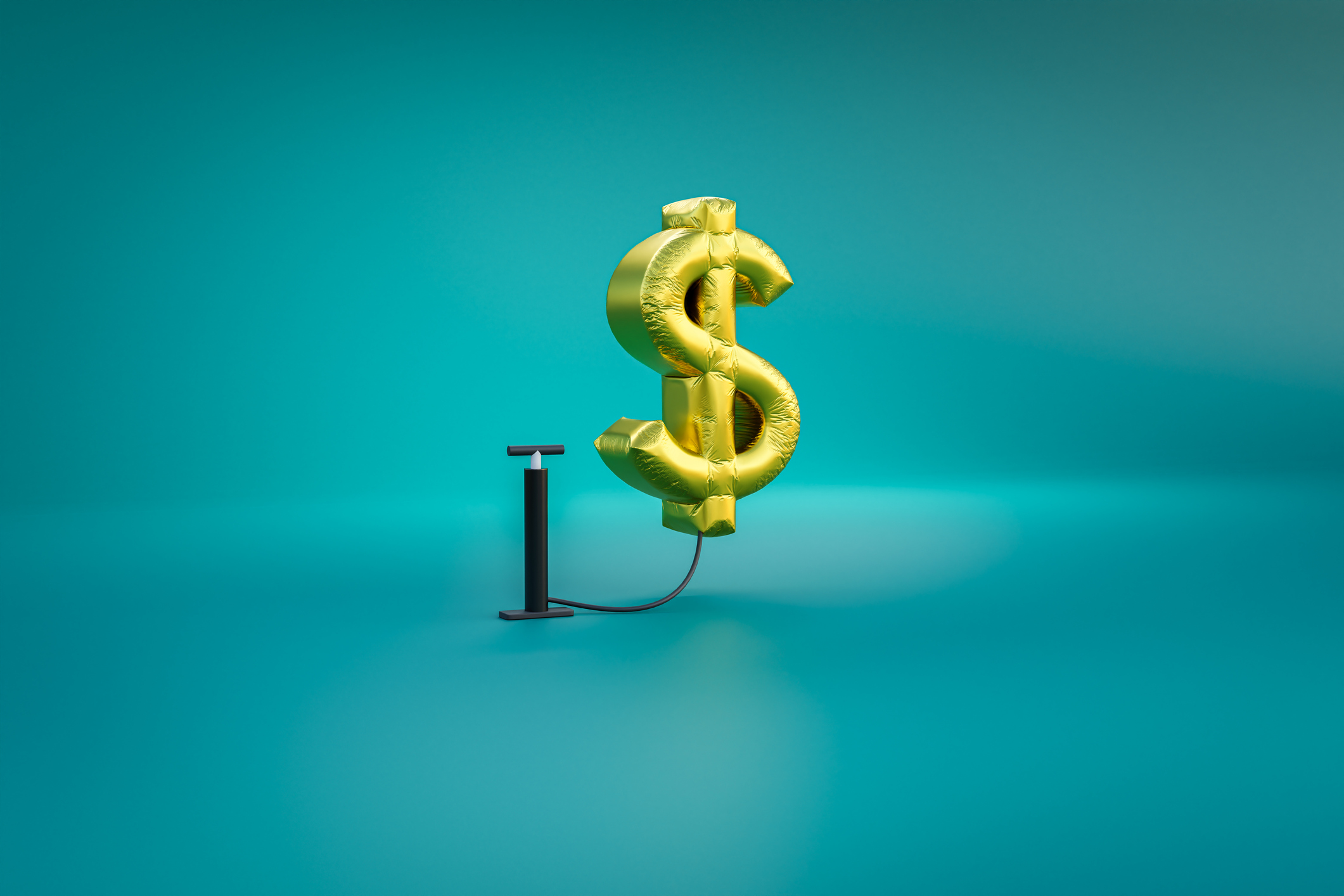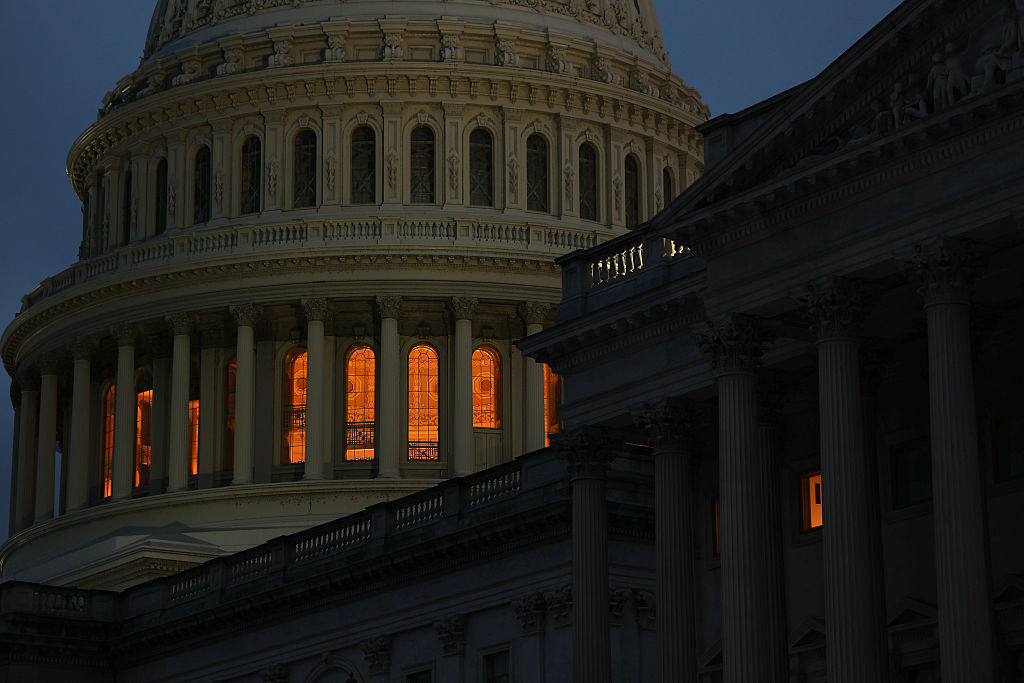The Fed Is Buying ETFs. Now What?
The Federal Reserve's plan to hoover up $750 billion in bond funds could have some serious long-term consquences.


It's official. The Federal Reserve is now buying bond exchange-traded funds (ETFs).
Specifically, as part of the stimulus effort to counteract the effects of the coronavirus lockdowns, the Treasury gave the Fed $75 billion, which the Fed will in turn leverage 10-to-1 to buy $750 billion in corporate debt. Some of that figure will be in the form of corporate bond ETFs and even junk bond funds.
In a lot of ways, this is no big deal; it's essentially just the next logical progression of the Fed's traditional open-market operations.
From just $107.88 $24.99 for Kiplinger Personal Finance
Become a smarter, better informed investor. Subscribe from just $107.88 $24.99, plus get up to 4 Special Issues

Sign up for Kiplinger’s Free Newsletters
Profit and prosper with the best of expert advice on investing, taxes, retirement, personal finance and more - straight to your e-mail.
Profit and prosper with the best of expert advice - straight to your e-mail.
But in a few critical ways, this really is a major policy shift – one that potentially makes a major weakness in the bond ETF space even more dangerous.
Why Is the Fed Buying ETFs?
The Fed has bought and sold trillions of dollars of Treasury and agency debt over the years, yet they've never dabbled in ETFs.
So, why now?
The answer here is pretty simple. The Fed essentially has the same issue that other passive indexers do. They're looking to get exposure to the corporate bond market as a whole, but not necessarily to any single company. The Fed isn't a bond fund manager. Nor does it have the interest or the inclination to research the credit worthiness of individual bond issuers.
Furthermore, there's a political element. The Fed needs to maintain its image of neutrality and can't be seen as favoring individual companies. The last thing Fed Chair Jerome Powell needs is to face a congressional firing squad over his decision to buy – or not buy – the bonds of a controversial or politically incorrect company.
Buying passive bond index ETFs – and having BlackRock (BLK) manage the endeavor – extricates the Fed from that situation.
Why Is This Bad?
The Fed's ostensible reason for buying corporate bonds was to improve liquidity in the bond market. During the March rout, the credit markets seized up. Liquidity disappeared, and bond prices dropped like a rock.
By jumping into corporate bonds, the Fed is looking to keep the market orderly and functioning. That sounds great, but here's the problem: By purchasing the bond ETFs rather than the bonds themselves, the Fed actually makes an existing problem worse.
"Bond ETFs create a false sense of liquidity," says Mario Randholm of Randholm & Co., a money manager with clients in Europe and South America. "The ETFs themselves are extremely liquid and even trade on the NYSE and other major exchanges. But the bonds they own are not. Liquidity in the ETF is not the same thing as (liquidity in the underlying bonds)."
Exchange-traded funds are an attractive vehicle because you can create and destroy shares as demand warrants. When there is more demand for an ETF than current inventory can support, large institutional investors create new shares by buying up the underlying holdings and bundling them into new creation units. When demand for the ETF falls, the institutional investors can break apart shares of the ETFs and sell the underlying holdings.
How is the Fed going to unwind three quarters of a trillion dollars in corporate bonds? How could they unload these bond ETFs without crushing bond prices?
No one knows, and that's exactly the problem. The Fed is about to become the largest lender to corporate America, and unwinding this might be impossible.
What Does This Mean for Stocks?
In the capital markets, a rising tide lifts all boats. By hoovering up hundreds of billions of dollars in bonds, the Fed is essentially freeing up capital that will have nowhere else to go but to the stock market.
This isn't news, of course. The Fed's interventions and the promises of more interventions are the primary reason that the stock market has been on fire since late March.
It remains to be seen how far this trend goes. The Fed's interventions were a major driver of the 2009-20 bull market. Some would argue they were the biggest driver, in fact.
And as a general rule, it's a bad idea to fight the Fed. It has a bigger wallet than you.
Profit and prosper with the best of Kiplinger's advice on investing, taxes, retirement, personal finance and much more. Delivered daily. Enter your email in the box and click Sign Me Up.

Charles Lewis Sizemore, CFA is the Chief Investment Officer of Sizemore Capital Management LLC, a registered investment advisor based in Dallas, Texas, where he specializes in dividend-focused portfolios and in building alternative allocations with minimal correlation to the stock market.
-
 Nasdaq Sinks 418 Points as Tech Chills: Stock Market Today
Nasdaq Sinks 418 Points as Tech Chills: Stock Market TodayInvestors, traders and speculators are growing cooler to the AI revolution as winter approaches.
-
 23 Last-Minute Gifts That Still Arrive Before Christmas
23 Last-Minute Gifts That Still Arrive Before ChristmasScrambling to cross those last few names off your list? Here are 23 last-minute gifts that you can still get in time for Christmas.
-
 The Rule of Compounding: Why Time Is an Investor's Best Friend
The Rule of Compounding: Why Time Is an Investor's Best FriendDescribed as both a "miracle" and a "wonder," compound interest is simply a function of time.
-
 The Delayed November Jobs Report Is Out. Here's What It Means for the Fed and Rate Cuts
The Delayed November Jobs Report Is Out. Here's What It Means for the Fed and Rate CutsThe November jobs report came in higher than expected, although it still shows plenty of signs of weakness in the labor market.
-
 December Fed Meeting: Updates and Commentary
December Fed Meeting: Updates and CommentaryThe December Fed meeting is one of the last key economic events of 2025, with Wall Street closely watching what Chair Powell & Co. will do about interest rates.
-
 Crypto Trends to Watch in 2026
Crypto Trends to Watch in 2026Cryptocurrency is still less than 20 years old, but it remains a fast-moving (and also maturing) market. Here are the crypto trends to watch for in 2026.
-
 The Delayed September Jobs Report Is Out. Here's What It Means for the Fed
The Delayed September Jobs Report Is Out. Here's What It Means for the FedThe September jobs report came in much higher than expected, lowering expectations for a December rate cut.
-
 October Fed Meeting: Updates and Commentary
October Fed Meeting: Updates and CommentaryThe October Fed meeting is a key economic event, with Wall Street turned into what Fed Chair Powell & Co. did about interest rates.
-
 The Delayed September CPI Report is Out. Here's What it Signals for the Fed.
The Delayed September CPI Report is Out. Here's What it Signals for the Fed.The September CPI report showed that inflation remains tame – and all but confirms another rate cut from the Fed.
-
 Banks Are Sounding the Alarm About Stablecoins
Banks Are Sounding the Alarm About StablecoinsThe Kiplinger Letter The banking industry says stablecoins could have a negative impact on lending.
-
 Government Shutdown to Delay Data, Including Key Jobs Report
Government Shutdown to Delay Data, Including Key Jobs ReportWhile government shutdowns typically don't impact stock returns, they can delay the release of key economic data – including the monthly jobs report.